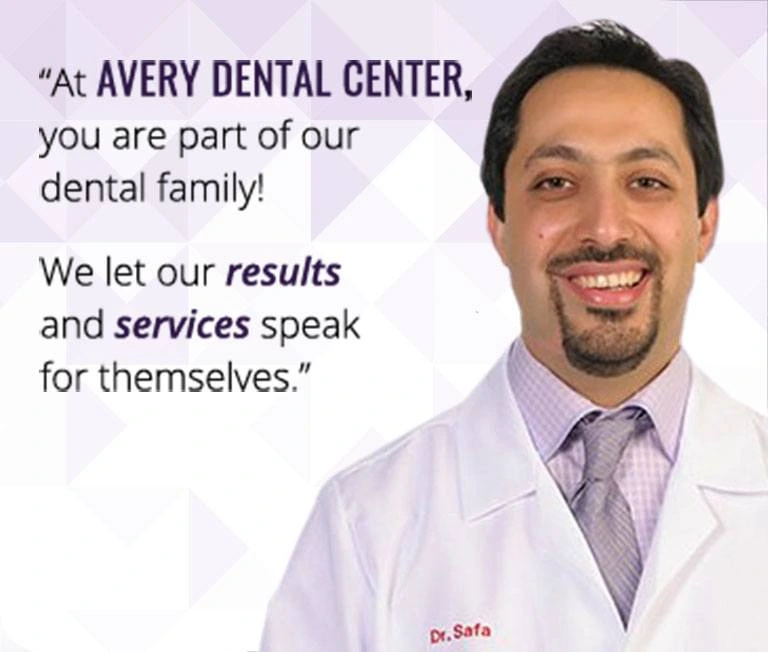When it comes to taking care of our teeth, it’s natural to have questions, especially about treatments like Invisalign. Many of us wonder, “Does insurance cover Invisalign?” Invisalign has revolutionized orthodontic treatment by offering a nearly invisible alternative to traditional metal braces. Many people considering orthodontic treatment often wonder about the financial aspect: Does insurance cover Invisalign?
Keep reading to find out the answer to the common question: Does Insurance cover Invisalign or not?
Treatment Length
Invisalign
As short as 6 months, with an average of 12 to 18
Braces
Average of 12 to 24 or more, depending on the type and severity of malocclusion
Can treatment be expedited?
Invisalign
Wear aligners for 20+hours a day, keep teeth and aligners clean, visit the dentist regularly to monitor progress
Braces
Visit the clinic as directed for adjustments, keep teeth and brackets/wires clean and free of plaque, avoid habits that could increase treatment time
Cleaning
Invisalign
Use a soft-bristled toothbrush and non-abrasive toothpaste to gently scrub aligners
Braces
Use an interdental toothbrush and water flosser to remove plaque and bacteria from around brackets and wires
Maintenance
Invisalign
Keep teeth and aligners clean for best results
Braces
Keep teeth and brackets/wires clean for best results
Removable?
Invisalign
Yes, aligners are designed to be removed while eating/drinking and while brushing/flossing teeth
Braces
No, traditional braces cannot be removed until treatment is complete, and the dentist is the only one that should remove them
Visits to dental clinic
Invisalign
Periodically, you need to visit the dental clinic to monitor your progress
Braces
Yes, you will need to visit the clinic every few weeks as teeth shift for adjustments
How much does it cost?
Invisalign
Starts at approximately $1,500 for up to 5 aligners and goes up to around $8,000 for unlimited aligners
Braces
Costs an average of $3,000 to $5,000+, depending on several factors
Benefits
Invisalign
Virtually invisible
Comfortable
Convenient
Braces
Does not require compliance- once braces are attached, they are not removable except by the dentist upon completion of treatment
Ideal for
Invisalign
Mild to moderate malocclusions, can be used for more severe along with attachments, depending on the type of malocclusion
Braces
Mild to severe malocclusions
What is Invisalign?
Invisalign refers to an orthodontic treatment that uses clear aligners for teeth straightening and correcting bite issues. These aligners are made of smooth, transparent plastic material that looks invisible when worn. Invisalign aligners are custom-designed for each patient based on their dental impressions and treatment plan.

What does Invisalign Treatment Include?
The treatment involves wearing a series of these removable aligners over time, typically about one to two weeks per aligner. Each set of aligners gradually shifts the teeth into the desired position as determined by the orthodontist. Patients are required to wear the aligners for most 20 to 22 hours and remove them only for eating, drinking (except water), brushing, and flossing.
Invisalign treatment is popular among both adults and teenagers due to its discreet appearance, comfortable fit, and convenience compared to traditional metal braces. It can address various orthodontic issues, including crowded teeth, gaps, overbites, underbites, and crossbites. However, severe orthodontic cases may still require traditional braces or other interventions.
Does Insurance Cover Invisalign & Clear Aligners for Kids?
The majority of dental insurance plans offer coverage for orthodontic treatment for children who are under 18 years old, which includes Invisalign and other clear aligners prescribed by orthodontists.
Just like traditional braces, insurance companies typically cover a percentage or a fixed amount of the cost for Invisalign or clear aligner treatment. Additionally, there might be a cap on the total coverage amount, either annually or throughout the lifetime of the policy, for orthodontic procedures.
Does Insurance Cover Invisalign & Clear Aligners for Adults?
While some dental insurance plans exclude orthodontic treatment for adults, certain plans with orthodontic benefits may partially cover the costs of Invisalign or clear aligners for adults.
Coverage details vary among insurance providers and specific plans. Some plans may only cover aligners provided by orthodontists, while others may extend coverage to at-home clear aligners.
If your insurance plan doesn’t include coverage for the aligner treatment you prefer, here are alternative options to explore:
Payment Plans:
Many orthodontists and aligner providers offer financing or payment plans to help manage treatment expenses over time.
Health Insurance Coverage:
In rare cases, adults may find orthodontic coverage through their health insurance plan, especially if the treatment is deemed medically necessary rather than purely cosmetic.
Flexible Spending Accounts (FSA) or Health Savings Accounts (HSA):
These accounts allow you to keep aside pre-tax funds for medical expenses, including aligners for Invisalign, providing a tax-efficient way to manage treatment costs.
What are the Factors Affecting Insurance Coverage?
Let us look into some factors that affect Insurance coverage for Invisalign.
Insurance Plan Type:
The type of insurance plan you have, such as a PPO, HMO, or indemnity plan, can influence coverage for orthodontic treatment.
Age:
Insurance coverage for orthodontic treatment may be different for children versus adults. Many plans prioritize coverage for children and adolescents due to the developmental importance of orthodontic care during youth.
Policy Limits:
Dental insurance plans often have annual or lifetime limits on orthodontic coverage. These limits can impact the amount covered for Invisalign or other orthodontic treatments.
Pre-authorization and Waiting Periods:
Some insurance plans require pre-authorization or have waiting periods before covering orthodontic treatments. It’s crucial to understand these requirements to avoid unexpected costs.
Medical Necessity:
Insurance coverage may be influenced by the perceived medical necessity of orthodontic treatment. Severe malocclusions or dental issues that impact oral health may receive more comprehensive coverage.
Steps to Determine if Insurance Cover Invisalign
Does Insurance Cover Invisalign? Follow the steps to determine if Insurance covers Invisalign.
Review Your Insurance Plan:
Carefully review your dental insurance plan documents, including coverage details, limitations, and exclusions related to orthodontic treatment.
Consult with Your Orthodontist:
Schedule a consultation with an orthodontist who is experienced in Invisalign treatment. They can provide a treatment plan and cost estimate to help you understand potential insurance coverage.
Contact Your Insurance Provider:
Contact your insurance provider directly to clarify coverage specifics, including pre-authorization requirements, coverage limits, and out-of-pocket costs.
Explore Flexible Spending Accounts (FSAs) or Health Savings Accounts (HSAs):
These accounts can help cover out-of-pocket expenses for orthodontic treatment, including Invisalign, using pre-tax dollars.
Alternative Financing Options
If insurance coverage for Invisalign is limited or not available, several alternative financing options can help manage treatment costs:
Payment Plans:
Many orthodontic practices offer flexible payment plans to spread out the cost of treatment over time.
Healthcare Credit Cards:
Specialized credit cards for healthcare expenses may offer promotional financing options for orthodontic treatments.
Third-Party Financing:
Companies like CareCredit provide healthcare financing options specifically designed for medical and dental expenses.
Conclusion
Does Invisalign Cover Insurance? Understanding whether insurance covers Invisalign is crucial for anyone considering orthodontic treatment. While coverage varies, exploring your insurance plan details and consulting with experts can provide clarity.
Explore your Invisalign coverage today! Book an appointment online at Avery Dental Center, Dublin, OH, for new patients, or call us at 614-683-9557. Current patients can call us at 614-789-9000 for inquiries.
FAQ
Does every insurance plan cover Invisalign?
Insurance coverage for Invisalign varies widely. Some plans offer partial coverage, while others may not cover it at all. It’s essential to review your specific plan details.
Is Invisalign Less Expensive Than Braces?
When comparing the cost, traditional metal braces tend to be slightly more affordable than Invisalign. Although more insurance companies are covering Invisalign costs, metal braces often receive higher coverage. If cost is a significant factor for you, metal braces may be the more budget-friendly option.
What if my insurance doesn't cover Invisalign?
If your insurance plan doesn’t cover Invisalign, explore alternative financing options such as payment plans offered by orthodontic providers or seeking coverage through health insurance plans.











